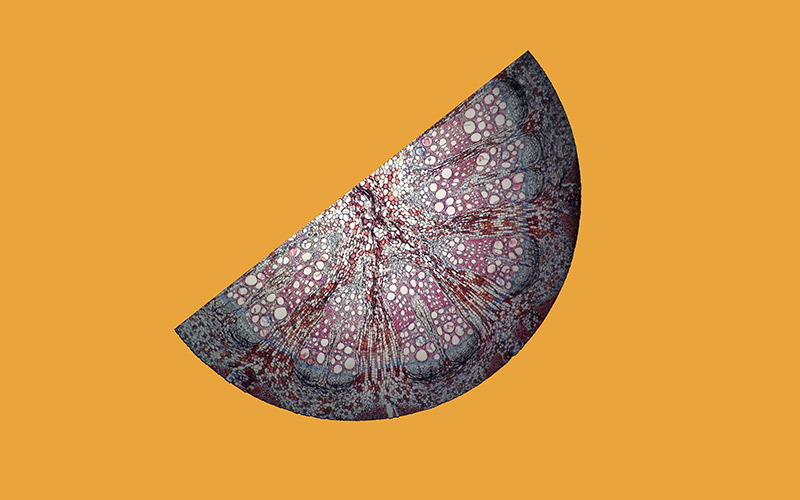
It’s a small world: using microscopy to link science, technology, and art
Great and small: use this photomicroscopy project to explore the way structure relates to function and the links between science and…

Explore the form and function of ‘nature’s tiny sculptures’ – proteins – with an engaging art competition from the European Molecular Biology Laboratory.
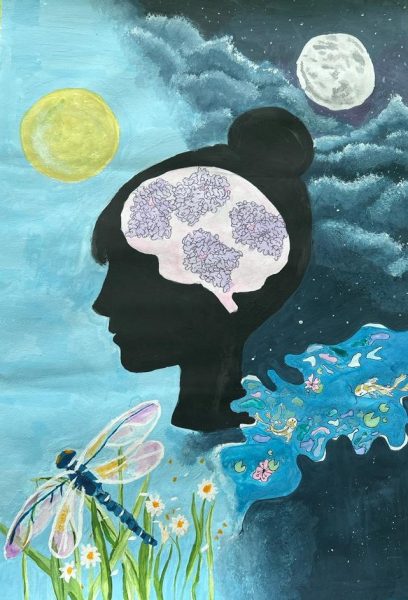
The moody messenger
©Artwork by Amina Myrzagalym of the NIS School of Physics and Mathematics/Taraz/Kazakhstan
When biologists set out to tell the story of life, they do so with images as well as words. Science teachers can use art to describe and explore scientific processes and communicate messages powerfully and with impact.
Art and science have been intertwined throughout history, from the image-making of Galileo to Jeff Koons’ Moon Phases sculpture, recently transported to the Moon on the Odyssey spacecraft. Now, as part of a new initiative from the European Molecular Biology Laboratory (EMBL), the two fields are uniting again to enrich young people’s learning experiences with a project called Unfold Your World.
Unfold Your World builds on the success of the PDB Art project, which was started in 2017 and is led by a team at the EMBL-EBI Protein Data Bank in Europe (PDBe). Whereas the long-running PDB Art project works closely with individual schools, Unfold Your World is a limited-edition offer open to all young people and doesn’t require teaching time to participate.
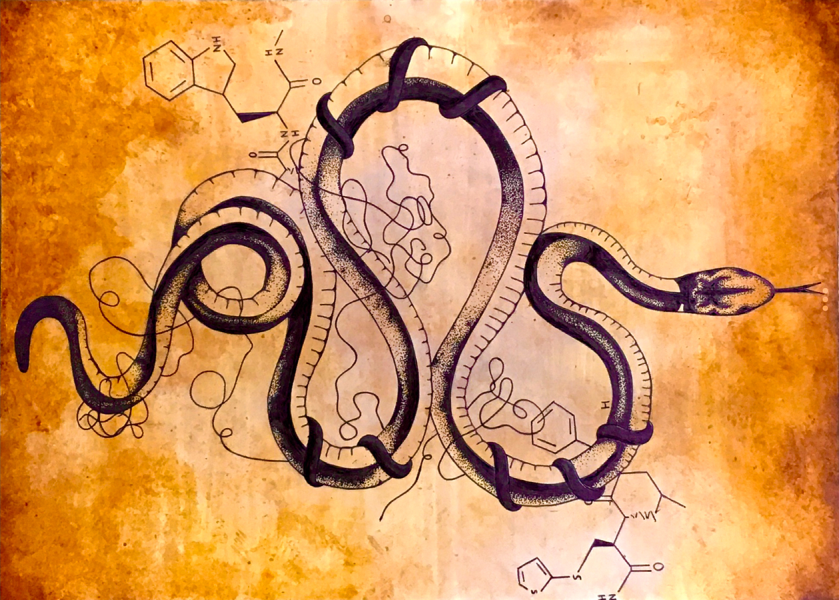
Snaking towards danger
©Artwork by Katie Wong of The Stephen Perse Foundation/Cambridge/UK
Developed as part of EMBL’s 50th birthday celebrations this year, Unfold Your World invites young people aged 14–18 from across Europe to:
As well as consideration for a spot at EMBL’s flagship exhibition, participants can win art supplies for themselves or their school.
Envisaging proteins as nature’s tiny sculptures, Unfold Your World celebrates the structural beauty of these molecular marvels. The amino acid chains of proteins fold into unique 3D structures. When the protein interacts with other molecules in the cell, this can set off structural changes (unfolding and refolding) which in turn affect the protein’s function. It’s this amazing relationship between form and function which offers such rich inspiration for art creation.
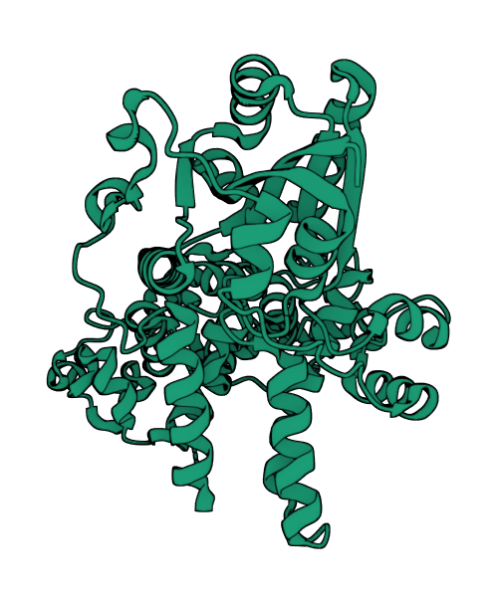
Folded structure of the protein cryptochrome 4[1]
Structure from PDBe: 6pu0, rendered using the Mol* viewer
More than 1000 young learners have already been inspired by this process to create artworks as part of the PDB Art project. Unfold Your World encourages an even wider audience to explore the beauty of protein folding by opening up the opportunity beyond schools and reducing the time commitment required.
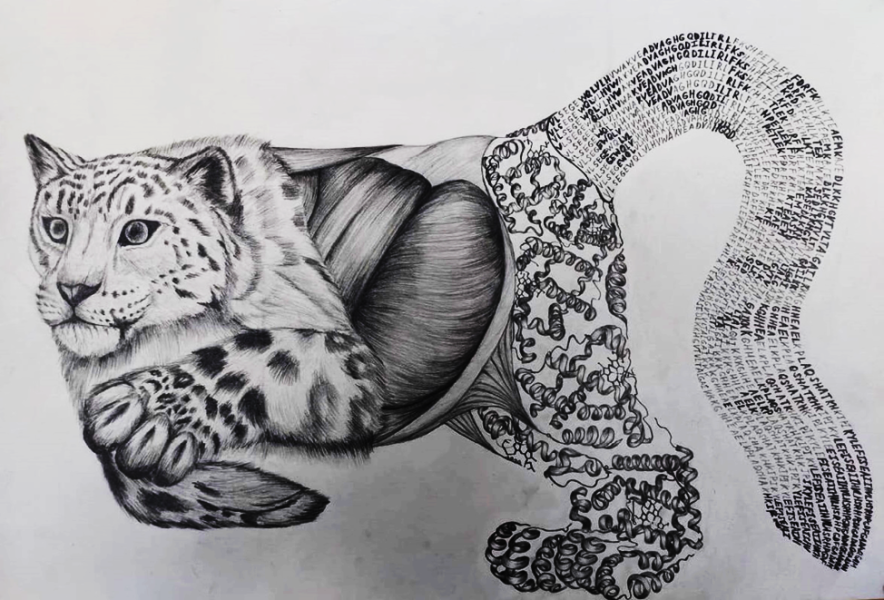
Myoglobin: The mighty oxygen carrier
©Artwork by Sabina Seisenbay of the NIS School of Physics and Mathematics/Taraz/Kazakhstan
The project is designed not to require lesson time or preparation to take part. Young people need a teacher or other trusted adult to support their submission, but can otherwise explore the themes and create their artwork independently. However, the project materials have been designed so that arts or science teachers who wish to do so can also incorporate the activities into lesson time.
Used this way, the materials support the following curriculum topics: organization of tissues and organs, protein folding, properties of proteins, enzyme function, structure of biomolecules, and structure–function relationships.

Diagram showing the stages of the project
Unfold Your World starts with a summary sheet for a curated set of proteins within each of the following themes:
The summary sheet offers key facts: for example, cryptochromes are implicated as light-driven sensors of the Earth’s magnetic field[1] and play a key role in bird migration, and beta-endorphins are produced in the brain to block the impact of pain. Facts about the scientific process are also featured, such as crystallographer Dorothy Crowfoot Hodgkin’s work to determine the three-dimensional structure of insulin, which laid the foundation for the development of insulin therapies for diabetes.
Participants use mood boards to reflect on their thoughts and feelings about their chosen protein; an exercise to prompt creative thought. A set of video tutorials have also been produced to expand and deepen knowledge. These resources can be used in tandem to spark ideas for a creative piece, which can then be submitted via a web portal.
All these learning materials are newly developed specifically for this project by EMBL’s Science Education and Public Engagement (SEPE) office, in collaboration with the PDBe team.
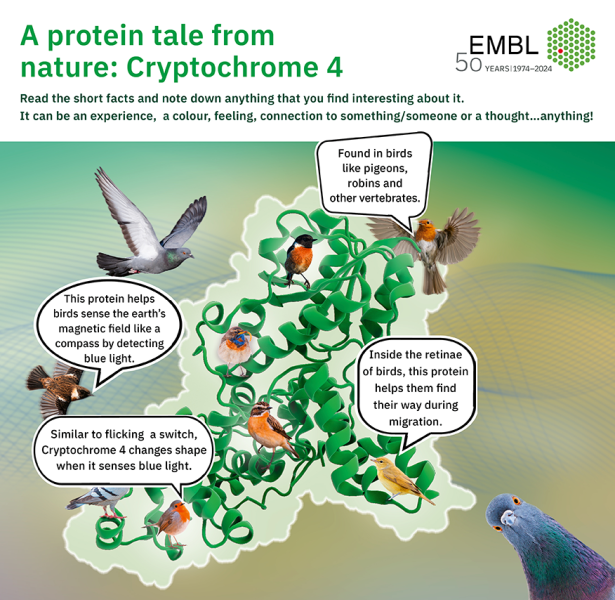
Young people aged 14–18 can take part independently, as part of a science club or youth group, or within class time. In each case, submissions must be made via an institution like a school or community centre.
The resources can all be accessed from the Unfold Your World webpage, where participants also register and submit a photo of their artwork online. The artworks can take a range of forms, including sculpture, digital images, painting, textile, drawing, or print. All submissions must be accompanied by a short written statement outlining the participant’s inspiration, learning process, and methodology.
Artworks must be submitted by the end of July 2024, so schools that are keen to support this project will need to act quickly. The selection process is scheduled to take place by September. Images of selected artworks are then due to be displayed in The World of Molecular Biology in autumn/winter 2024, marking 50 years since EMBL was established in 1974. An online display is planned for runner-up entries. As an additional prize, artwork supplies will be delivered to a range of winners across Europe.
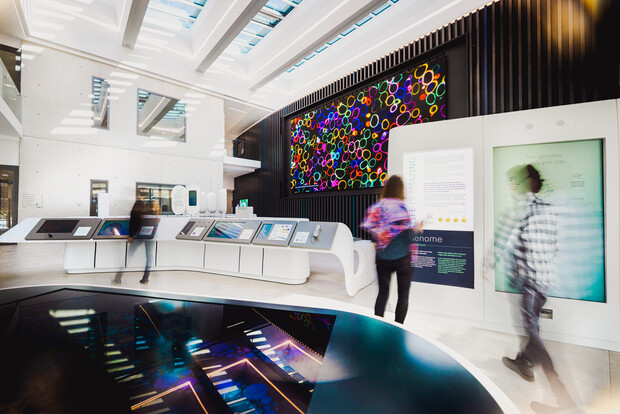
The World of Molecular Biology in Heidelberg, where the artworks will be displayed
©Kinga Lubowiecka/EMBL
The project is running for a limited time, so take the chance to explore the marvels of biology at a molecular level and enjoy the experience of seeing things in a new way by unfolding your world.
To find out more, explore the resources, and make a submission, go to the Unfold your World webpage.
[1] Zoltowski BD (2019) Chemical and structural analysis of a photoactive vertebrate cryptochrome from pigeon. PNAS 116: 19449–19457. doi: 10.1073/pnas.1907875116

Great and small: use this photomicroscopy project to explore the way structure relates to function and the links between science and…
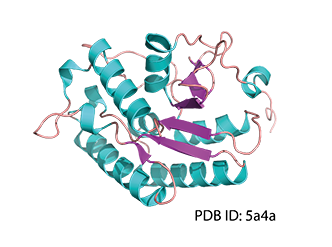
How can AI systems like those developed to beat humans at games help unlock the secrets of protein…
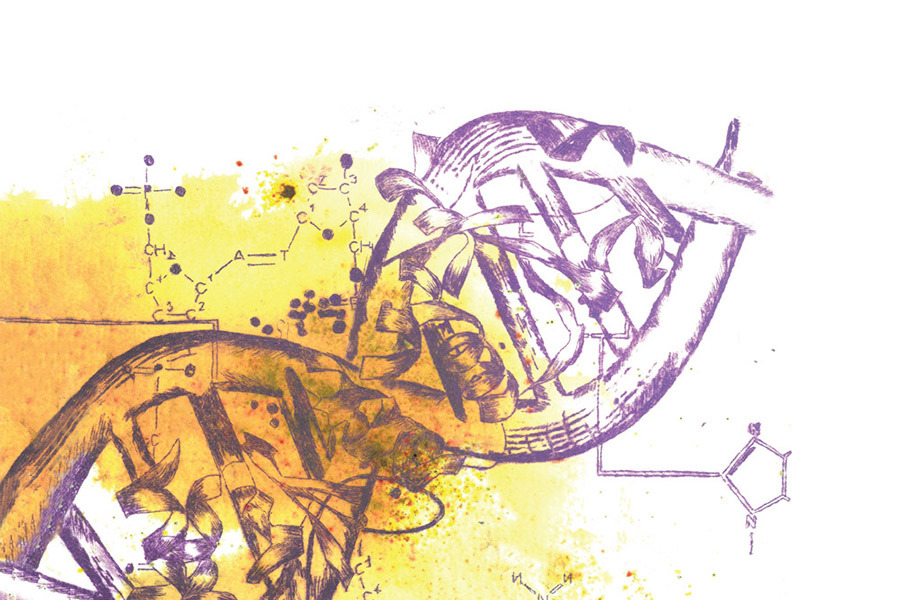
The PDB Art project aims to make science more accessible and inspire young people to explore the beauty of proteins by bringing together art and…